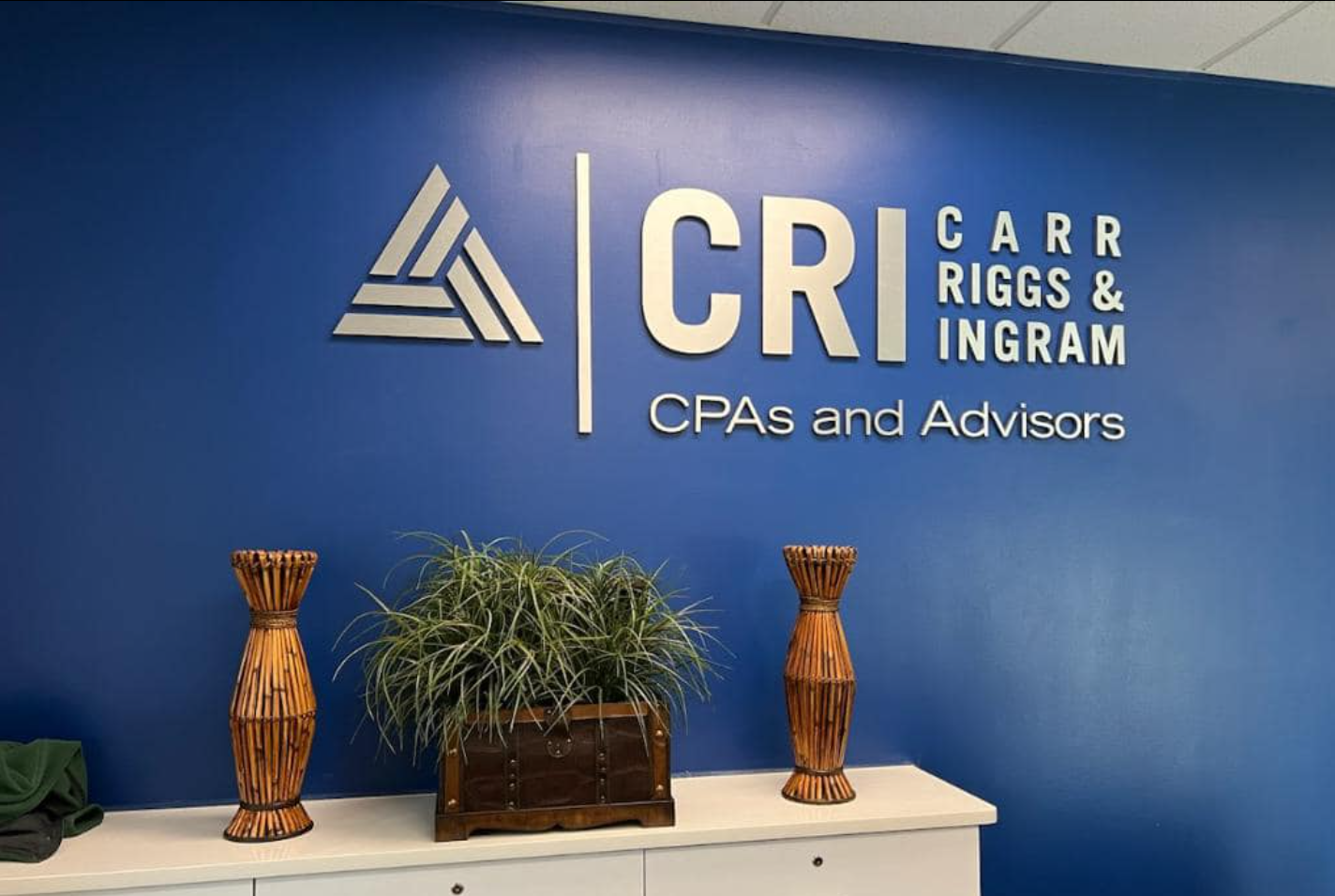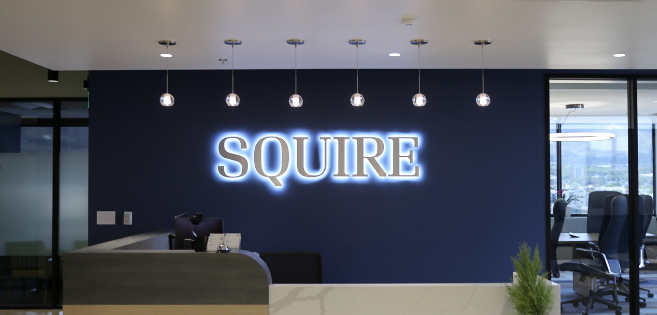Traditional compliance services like taxes and audits have long been the bread and butter of many accounting practices. However, clients are increasingly requesting new services beyond that scope such as bookkeeping, payroll, and advisory-level collaboration. Firms eager to create new revenue streams and stronger ties with clients respond by expanding services and adopting technology that makes it effective and efficient to deliver those services and evolve even further into the role of trusted advisors.
- This is part 1 in a 3 part series on CAS.
- Read Part Two: How to Be Strategic in Offering Client Accounting Services
- Read Part Three: How to Maximize Profits and Revenue for Your Firm by Scaling CAS
A large part of securing that role is offering client accounting services to your clients. CAS, also referred to as outsourced accounting, includes financial statement preparation, general ledger management, cash flow management, payroll preparation and reporting, AP, AR, transaction processing, virtual CFO and business advisory services, and controllership. It differs from after-the-fact bookkeeping not only in scope, but also because CAS relies on real-time data. As more data compiles, accountants have a platform of information with which to proactively advise their clients. A CAS-fueled conversation focuses on what will happen, not what has happened. The business owner benefits on multiple levels. According to the 2018 Client Accounting Services Survey:
Companies that outsource all accounting report both hard and soft ROI, including higher profits and revenues, being better armed to make business decisions, and enjoying an easier accounting experience.
Hallmarks of Pre-Strategic CAS
Here are three indicators that your firm can benefit from strategic CAS.
First, are you losing clients to competitors? Because they’re driven by their bottom line, clients commoditize routine services and seek out the lowest bidder for those services. If you’re being passed over, it means that clients are still viewing you simply as a routine service provider. You have yet to establish or convey the true value of your services and your ability to provide strategic insight that can’t be replaced.
Second, are you questioning the future of your business? As the saying goes, the only constant is change. Client expectations are evolving, as is technology. If you’re concerned that your firm isn’t future-proofed, there’s an opportunity to increase valuation by evolving the firm, expanding services and adopting a technology-friendly culture. In today’s active mergers and acquisitions environment, savvy buyers are bypassing paper-based and hard-to-scale firms in favor of efficient, technology-savvy firms.
Third, are you struggling to land new business? You may be falling behind the competition already offering strategic CAS. Proving your value helps you keep clients, and communicating that value and those solid relationships to prospective clients makes it much easier to secure their business.
But how do you get started with CAS? While many accounting firms are interested in offering it, not all have planned how to turn that interest into action. This article, the initial installment of a three-part series on implementing, developing, and scaling CAS, will explain the first step in getting up and running.
Entry Points for CAS
Offering CAS gives your firm a multitude of benefits, including expanding services for existing clients, attracting new clients, and growing revenue. While those benefits are attractive, how do you get there? Do you start offering all possible services at once, or do you start rolling out additional services bit by bit.
According to a recent survey, small businesses identified a number of services they would most like to outsource to their accountants. The top tasks identified for outsourcing were AP, AR, general ledger management, and financial statement preparation. For the purposes of a firm that’s new to CAS, offering these services would be a good starting point and a great way to open the door to developing a full-fledged CAS offering.
It’s important to note, though, that successfully offering these initial services is difficult without the right technology. For example, generating profit while performing manual/paper-based AP and AR is a significant challenge in terms of resources and time. They take away valuable bandwidth that could be spent on better serving clients and offering them more value, which is the end goal of CAS.
The answer, then, lies in automation.
Automation
Automation allows you to spend more time on what matters most – your clients. While we discuss it within the context of CAS here, it’s important to note that whether you plan to offer CAS or not, accounting automation has benefits for every firm.
Digitizing and automating routine tasks let you focus on bringing value to your clients, rather than spending those same hours processing paperwork. Evolving into a client-centric practice lays the groundwork for a full-fledged CAS offering.
Automation also creates gains in both accuracy and efficiency. By reducing the potential for human error from the equation, automated processes help eliminate many of the common mistakes that accounting firms see. Staff become more efficient and are able to focus on other higher-value tasks.
Pairing standardized processes with automation makes your firm even more efficient. Evaluate the processes and people currently involved in the delivery of your services and ask yourself: Are you continually reinventing the wheel? Does each new client require a unique process and the need to learn new technologies? If so, it’s time to change that. Examine your workflows – both internal and external – and explore what can make those processes function better. Can you eliminate or automate steps or streamline the number of people involved? Another candidate for standardizing is your client onboarding process.
It’s equally important to evaluate your current technology. Technology can automate on premises. The cloud, however, empowers you with real-time data, collaboration, easier integrations than legacy systems, anytime, anywhere access, and mobility. Successful CAS practices are adopters of the cloud and the innovative technologies it powers. In order to successfully offer CAS, you’ll want a tech stack that combines your accounting, AP, AR, expenses, payroll, and other processes in one efficient place. Integrations between these technologies turbocharge automation by syncing information across systems and providing a real-time view of finances.
Once you’ve moved from interest to automation, the next step is strategy. The second article in this series, from Vishal Thakkar, director of alliance marketing at CPA.com, will explore the evolution to strategic CAS.
To learn more about CAS, download the Client Accounting Services eBook from CPA.com – “Accelerate into advisory.”
=====
Pete Potsos is a Strategic Account Manager with Bill.com.
Thanks for reading CPA Practice Advisor!
Subscribe Already registered? Log In
Need more information? Read the FAQs
Tags: CAS




